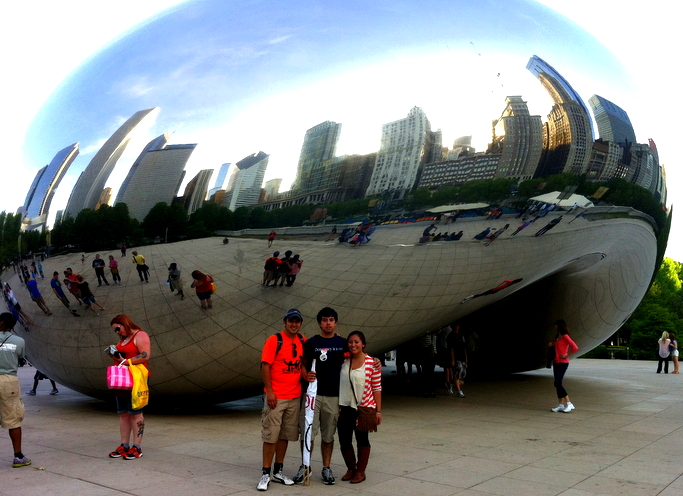Why Is Chicago Devoting $125 Million To Build A Basketball Arena For A Private University
Post on: 5 Апрель, 2015 No Comment

Share:
Proposed Chicago arena at McCormick Place (Credit: NBC Chicago)
Chicago Mayor Rahm Emanuel will lay out a proposal Thursday for a $195 million basketball arena for DePaul University, a private Chicago university that spent $20 million in 2004 to make its current home, Allstate Arena, a state-of-the-art facility. The plan, according to reports from CBS Chicago, will require $125 million from taxpayers. with $70 million coming from a tax on hotel rooms and an additional $55 million coming from a common arena scheme known as tax-incremented financing (TIF).
Emanuel hasnt talked openly about the plan, but an alderman on the citys board told CBS that the plan, which includes hotels attached to the citys convention center at McCormick Place, was about fostering economic growth. Sometimes you have to make an investment in city resources to be able to generate tax dollars,” Ald. Pat Dowell said. But local arena expert Marc Ganis told the Chicago Sun-Times yesterday that it was lunacy to expect the plan to help the economy:
‘‘It’s lunacy,’’ he said straight off. ‘‘Sheer folly. It makes no economic sense whatsoever.’’ []
As someone who has worked on projects like these for decades, I can tell you there is absolutely no way for this to make any sense in any way. It is not in the realm of possibility.’’
DePaul has long wanted to abandon the Allstate Center, located about 17 miles away in Rosemont, for a facility closer to its Lincoln Park campus. The new arena, situated next to the McCormick Place convention center on Lake Shore Drive, would still be about seven miles from DePaul. The arena plan also includes proposals for new hotel, restaurant, and retail space around the convention center and arena. But why an arena, and one that DePaul will use just 18 times a year, needs to be a part of the redevelopment of that part of the city is unclear, especially since any plans to fill arena dates with concerts and other events would have to compete with the United Center, an arena just a few miles a way that is twice the size.
No matter what aldermen like Dowell say, the arena certainly isnt included for economic benefits: studies have shown that arenas dont actually have any. Instead, publicly-financed arenas and stadiums are far more likely to leave taxpayers saddled with debt they didnt expect and without any of the economic benefits politicians and arena supporters promised.
TIF plans like Chicago wants to use rarely work out. A TIF plan creates a district around the new arena in which a portion of sales tax revenues will go toward paying off future arena debts. But actual revenues spurred by arena traffic almost always fall short of projections, as they have in Louisville. where the TIF district has failed to live up to its promise and left the city scrambling to make up the revenue gap. Louisvilles arena bonds are now at junk status, propped up only by the citys willingness to pay them off with other sources of funding.
Chicago, though, need not look to Louisville to see why the arena isnt a good idea. Chicago often uses TIF districts to promote redevelopment, and their failure has typically resulted in the city raiding property-tax revenues that would otherwise be used for school funding, as Field of Schemes Neil deMause noted today. Thats bad news for a city that is dealing with a $1 billion school funding gap. which it is trying to solve by closing dozens of schools across the city. So not only is the new arena plan likely to fall short of projections in a way that hurts the citys general finances, it may hit it in a way that only exacerbates the school-funding problem Emanuel is desperately trying to solve.














